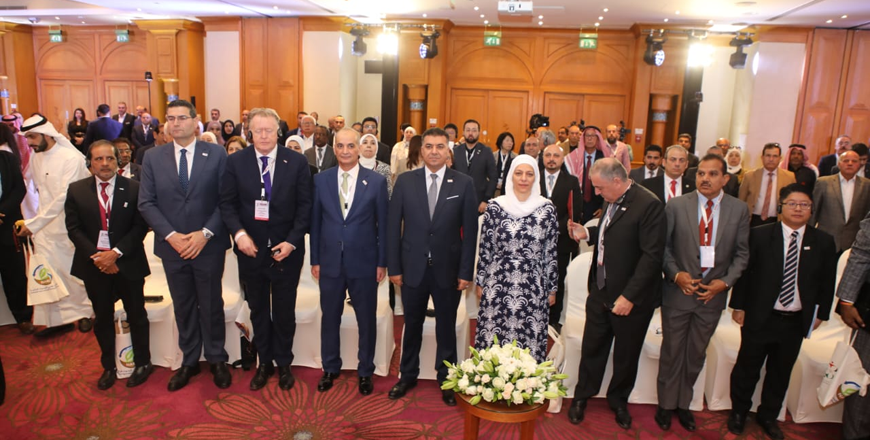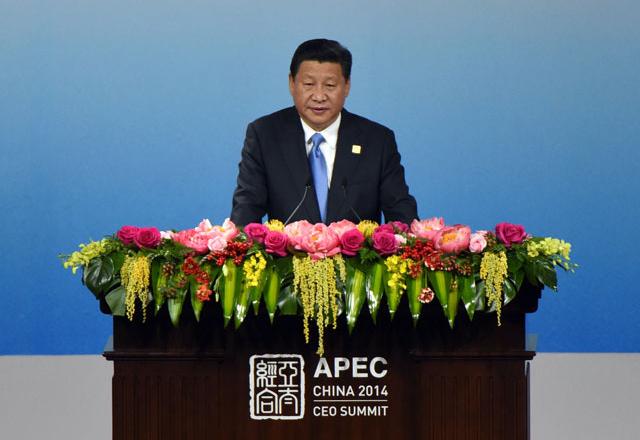You are here
Protecting migrant workers can benefit host countries’ economies, UN says
By Thomson Reuters Foundation - Mar 01,2016 - Last updated at Mar 01,2016
BANGKOK — Governments must provide migrant labourers with the same benefits and social protections they give their own citizens, which will boost their economies and worker productivity, a United Nations official said.
Of the estimated 232 million migrants in the world in 2013, more than 95 million are from the Asia-Pacific region, according to the UN’s Asia-Pacific Migration Report 2015 launched this week in Bangkok.
Migrants contribute significantly to gross domestic product (GDP) growth in host countries, while sending home about $435 billion in remittances to developing countries in 2015, with Asia-Pacific nations receiving the highest amounts, the report indicated citing World Bank estimates.
Yet, many face abuses at every step of the way, from recruitment agencies and job brokers at home to exploitative employers, officials and police abroad.
It is the responsibility of governments in the countries that send and receive migrants to have domestic, regional and inter-country discussions to create the policies and conditions necessary for safe migration, said Hongjoo Hahm, deputy executive secretary of the UN’s regional development arm.
“When the recipient country provides social protection for the migrants — that is, healthcare, unemployment compensations, social safety net, education for their children... productivity of the migrants increases. It clearly has a benefit to the national economy,” he added, at the report’s launch on Monday.
“Treat them with dignity, treat them fairly, and provide the same protections that you provide your citizens, and... you will be rewarded for it,” Hahm continued.
Origin countries, he stressed, must create a system for orderly and structured migration.
“Too often, migrants have to rely on intermediaries that charge them exorbitant fees, and they are forever in debt, paying off their debt,” he elaborated.
“Creating fairness in terms of the employment process, both at the recipient country and at the home country, is really crucial, so that you get rid of the middlemen and you make migration a labour movement policy that we see in other parts of the world,” Hahm emphasised.
The region’s top country of origin for migrants in 2013 was India, with 14 million migrants leaving the country, followed by Russia, China, Bangladesh, Pakistan, the Philippines, Afghanistan, Kazakhstan, Turkey and Indonesia.
The top destination in the region that year was Russia, with 11 million migrant arrivals, followed by Australia, India, Pakistan, Thailand, Kazakhstan, China, Iran, Malaysia and Japan.
Most of the region’s migrants go to nearby or neighbouring countries, with Asia-Pacific hosting about 59 million migrants, while others go further afield to work in places such as the Middle East and North America.
Hahm cited the Philippines, which sends about 2 million citizens abroad each year, as a country that supports migrants as they prepare to go abroad, and also helps them to acclimatise to life back home when they return.
Related Articles
WASHINGTON — Philippine President Rodrigo Duterte would face major obstacles to following through on his threat to reduce purchases of US we
DEAD SEA — On behalf of Prime Minister Bisher Khasawneh, and in the presence of HRH Princess Basma, Minister of Agriculture Khaled Huneifat
President Xi Jinping offered the world a vision of a Chinese-driven "Asia-Pacific dream" on Sunday, as Beijing hosts a regional gathering that underlines its growing global clout.














